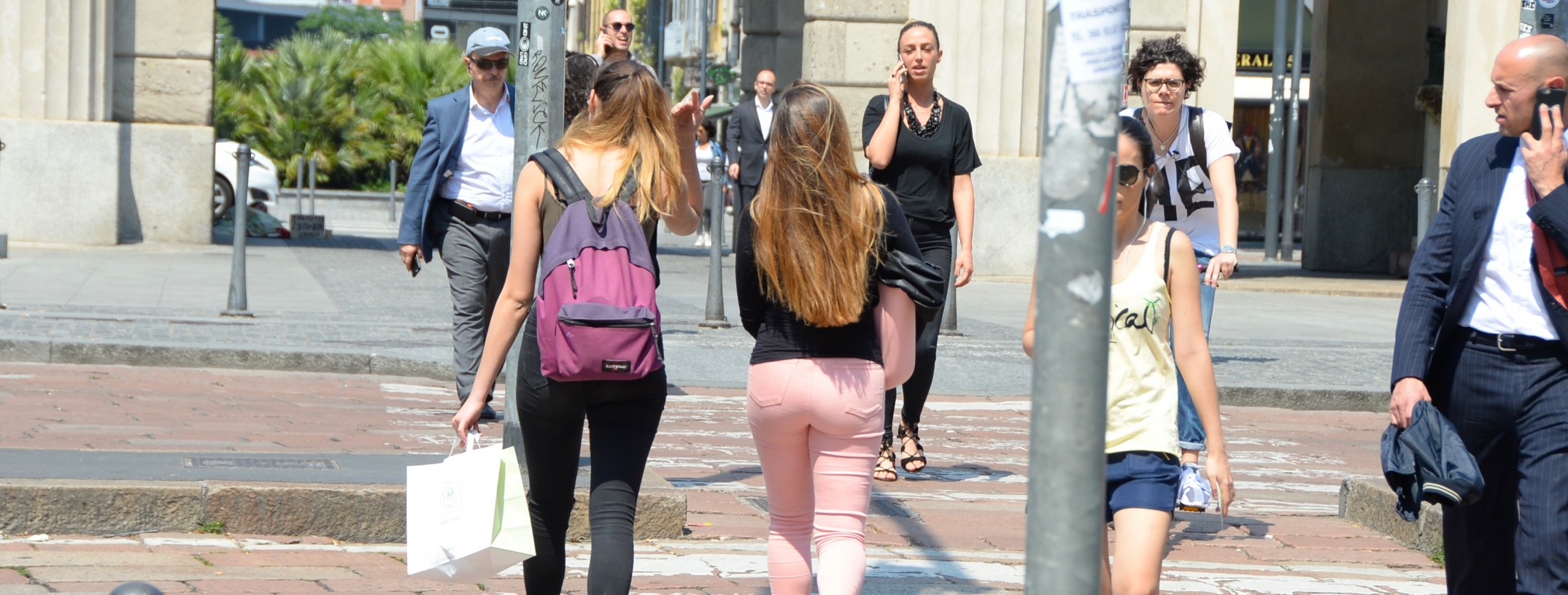
It must be true. A recent government report has predicted that more than six million workers fear being replaced by machines within the next ten years!
Hang on. Let’s read that again: ‘fear being’…well that’s hardly surprising since we’ve subjected them to daily doom-laden scenarios to contemplate over their cornflakes. And when asked if they thought government was doing enough to prepare for all these lost jobs, guess what they said?

So will this ‘report’ (and the nicely paid commission that follows) be led by a young, forward thinking entrepreneur looking to help maximize the potential of AI and robotics in the workplace? No, I’m afraid it’s Yvette Cooper, the genetically disgruntled former work and pensions secretary. That explains a lot.
Predictably, this report focuses on the 20% that feel technology will make their jobs worse and the 23% that believe their roles won’t be needed at all. But in fact, the figures also show that 73% say they feel pretty confident about new technology and will adapt to changes…just like they always have, presumably.

As Steven Pinker points out in his excellent ‘Enlightenment Now’ fear-mongering is par for the course in the prediction business. There’s real power in warning the people to ‘follow me, if you wish to be saved’. Conversely, there is no power in telling everyone things are about to get much more exciting.

Yes, the workplace is changing and technology will surely replace many thousands of current jobs. But if past evidence is anything to go by, which it is, then technology opens up many thousands more opportunities at the very same time. Pop into a Soho bar for a beer and a spot of earwigging. West End pub talk today is of app development, payment software widgets and online marketing campaigns, and they use jargon that to anyone over the age of 32 sounds like Klingon. Here, in the centre of Britain’s engine room, it’s barely possible to find anyone whose job wasn’t invented within the last ten years.

Alternatively, and nothing to do with technology, fifty years ago who could have predicted the meteoric rise of the restaurant and hospitality industry, the millions of jobs that have been created in bars, restaurants and hotels that simply never existed before? The world of work is changing fast, but we seem to forget where we came from even faster.

In the future, retailers will bring much more automation into play. The mundane work of ordering, distribution, stock control, logistics and sales analysis will surely be done by robots in the form of AI, rather than the Meccano-esque variety. Slightly scarier looking robots will be busy organizing the warehouse and selecting stock for mass market consumption. And yes, this will mean fewer bored and sweaty warehouse and security staff. But on the front line, where real people enter real branded spaces, there will be a marked shift towards genuine hospitality.

When the dot matrix tickertape thingy welcomes you aboard your train, how many hearts has it lifted, how many smiles have been raised by its digital grace? Answer: none. Put a human conductor at the door with a similar greeting and he might just put a spring in your step, and everyone else he meets, for the entire day. Why? Well, simply put, humans are unique in that they share the secret of their own mortality on this planet. Connections matter to us. Dot matrix boards will never empathize with our condition.

So now imagine receiving a message from a favourite brand inviting you to a product launch and a glass of wine. Precisely on schedule, the autonomous mobile pod-shop arrives at your door blinking with digital messages just for you. Your fingerprint unlocks the door into this tiny branded universe. A HAL-like voice welcomes you and a hatch swishes open to reveal the shoe that’s been designed especially for you, based on things you have previously ‘liked’. All you have to do is to reach out and take it.

Is this a perfect future retail scenario or is there something missing, humanity perhaps? We seem to forget, humans give us the emotional reassurance that what we want is worth wanting. Humans are our audience, our witnesses and the way in which we negotiate our social status. Without them, the retail process becomes a transaction in a vacuum. Efficient, but utterly meaningless. Personalized, yet impersonal.

Genuine hospitality is a nuanced and delicate balance of polite, respectful distance and emotional warmth. Only humans can fulfil this role. As brands become more emotionally intelligent they will require an army of warm, twinkly eyed brand ambassadors to make us feel connected. This high-level hospitality strategy, I call Hi-Ho, is fast becoming the new brand battlefield.

So cheer up. Despite all the technological seduction, the predictive algorithms and creative AI experiences retail will no doubt offer us, rest assured that humanity will play a far more critical role tomorrow than it does today.
Join me on Twitter @retailfuturist or at least read a few more of my blogs and rants here: andcom.uk9.fcomet.com/blog/















